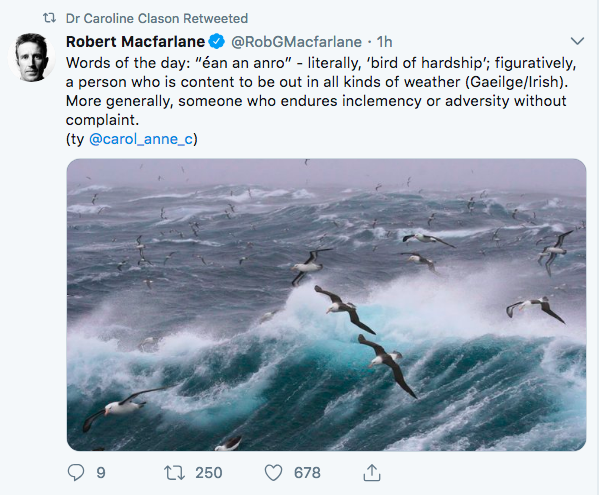
Category: Health
Healing is a long journey
All healthy religion shows you what to do with your pain, with the absurd, the tragic, the nonsensical, the unjust and the undeserved—all of which eventually come into every lifetime. If only we could see these “wounds” as the way through, as Jesus did, then they would become sacred wounds rather than scars to deny, disguise, or project onto others. I am sorry to admit that I first see my wounds as an obstacle more than a gift. Healing is a long journey.
If we cannot find a way to make our wounds into sacred wounds, we invariably become cynical, negative, or bitter. This is the storyline of many of the greatest novels, myths, and stories of every culture. If we do not transform our pain, we will most assuredly transmit it—usually to those closest to us: our family, our neighbors, our co-workers, and, invariably, the most vulnerable, our children.
Healers who have fully faced their wounds are the only ones who heal anyone else.
Unfortunately, our natural instinct is to try to fix pain, to control it, or even, foolishly, to try to understand it. The ego insists on understanding. That’s why Jesus praises a certain quality even more than love, and he calls it faith. It is the ability to stand in liminal space, to stand on the threshold, to hold the contraries, until we are moved by grace to a much deeper level and a much larger frame, where our private pain is not center stage but a mystery shared with every act of bloodshed and every tear wept since the beginning of time. Our pain is not just our own.
Richard Rohr
Sore labour’s bath
Sleep that knits up the ravell’d sleave of care, The death of each day’s life, sore labour’s bath, Balm of hurt minds, great nature’s second course, Chief nourisher in life’s feast…
Shakespeare, Macbeth